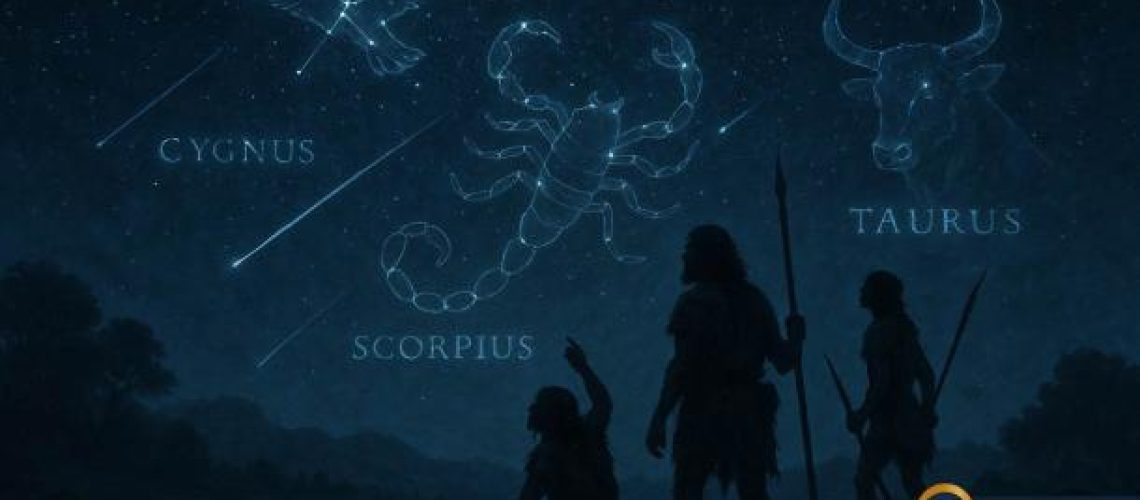
Southeastern Turkey, 12,000 years ago.
At this point in time, at least according to our most current understanding, hunter-gatherers moved across the land, hunting suddenly extinct beasts such as the mammoth, and gathering wild plants for survival.
The night sky was clear and filled with stars that our ancestors would have carefully watched over time. Could they have used their knowledge to create a record in stone that stood the test of time? A record that described a cataclysmic event from their own past, as well as anything that warned of future dangerous events?
Göbekli Tepe is a fascinating archaeological site that is changing our understanding of early human history and causing great speculation into what our ancestors seemed to know. Could the carvings of Göbekli Tepe be an ancient star map that can warn of an event like an asteroid impact or climate change.
The Discovery of Göbekli Tepe

The remarkable circular enclosures of Göbekli Tepe, showing the sophisticated architectural planning that predates Stonehenge by 6,000 years. Source: Wikipedia
Göbekli Tepe, commonly referred to as the oldest temple in the world, was discovered in the 1990s (Schmidt, 1995), by German archaeologist Klaus Schmidt. Located on a hilltop near the present-day city of Şanlıurfa, in Turkey, it dates to around 9600 BCE.
What does this mean? Well, it is about 6,000 years older than Stonehenge, and it predates the sedentism of agriculture.
Why is this amazing?


